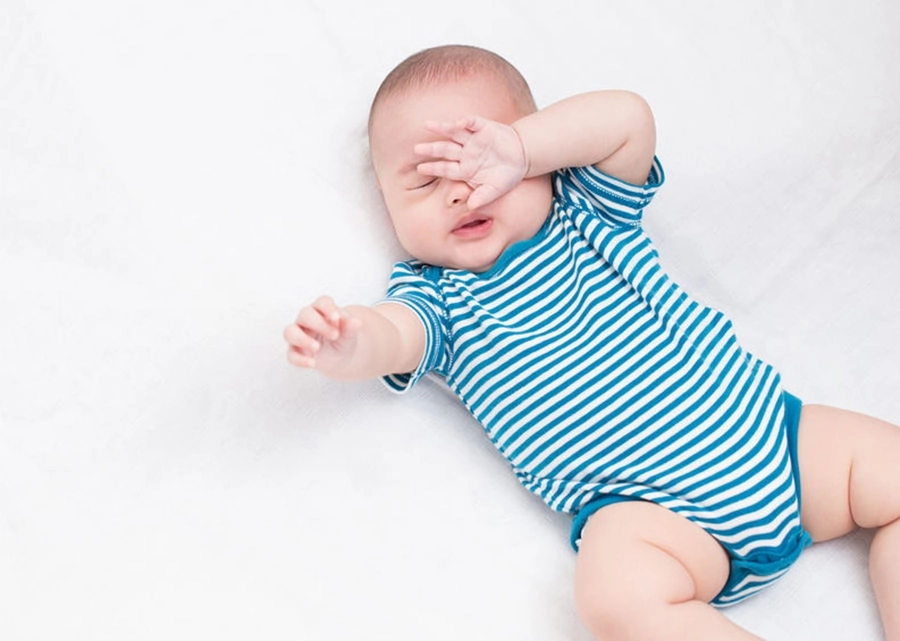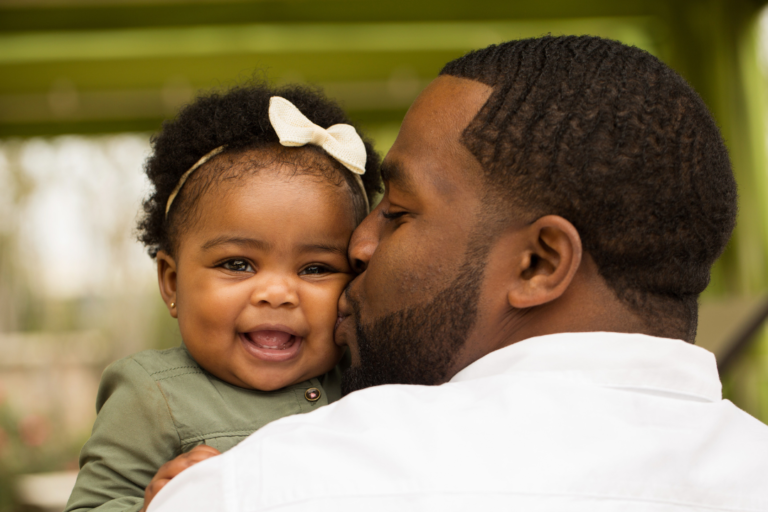Baby specialist, Meg Faure, talks about the benefit of “baby-centric routines” for both moms and little ones.
Routine makes our lives as mums much easier but not all types of routines are right for your baby. A very rigid routine can create anxiety for many mums, especially if your baby doesn’t slot easily into a routine. Furthermore, rigid routines are not sensible for young babies.
That said, it’s important for mums to look for a typical pattern in their days. This is a natural guide for implementing the right routine for your little one. Instead of strictly watching the clock, I recommend a baby-centric approach to sleep routines in the first year.
There are three steps to implementing a baby-centric routine that gently guides your baby into a daily sleep schedule:
Know your baby’s internal clock
Your baby’s built-in clock prepares them to fall asleep with ease and makes it much easier to establish a routine. The amount of time a baby can happily be awake changes by age and is known as their ‘awake time’. These ‘awake times’ are the secret to establishing a baby-centric routine that is flexible and meets your baby’s need for frequent feeds and sleep. Since ‘awake times’ change with age, routines need to be age specific and guided by the individual baby’s inclination for stimulation.
Recognize response to sensory stimuli
Some babies cope very well with stimulation and stretch their ‘awake times’ happily. Other babies become overwhelmed with stimulation and need to be guided into a routine more carefully to avoid overstimulation. Sensitive babies need to sleep more frequently and you will do well to encourage a routine. Settled babies are way more flexible and don’t mind having their sleep or feed delayed slightly.
Read your baby’s signals
In addition to taking the individual baby’s personality and ‘awake times’ into consideration, you need to be on the lookout for your baby’s signals of tiredness. These signals will cue you into establishing a day sleep routine. Key signs to look out for include: when your baby rubs their eyes, averts their gaze or becomes grizzly. These are clear signs that over stimulation has been reached and that your baby needs a sleep.
Have a look at my list of 20 sleep fixes that actually work to get your little one to settle and sleep.




